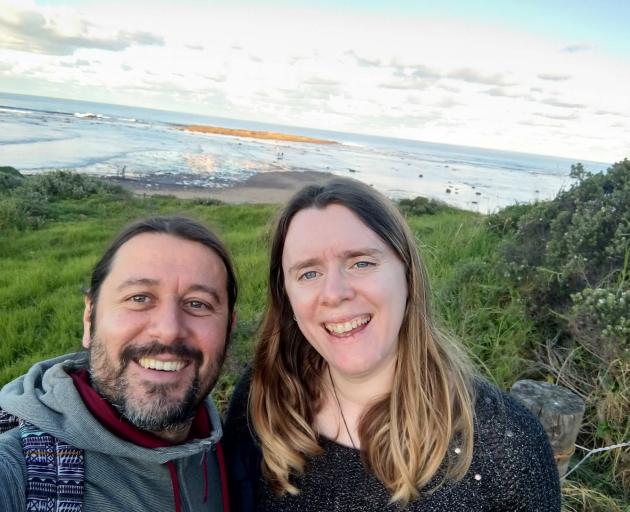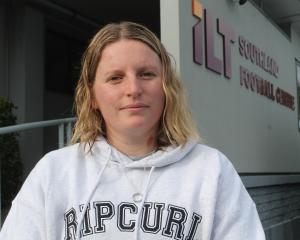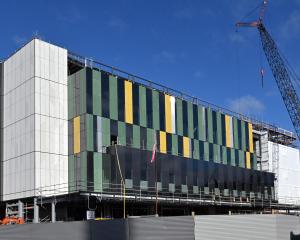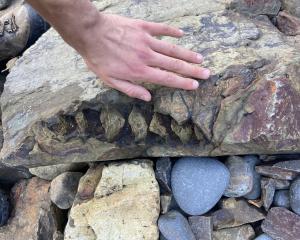
Lead researcher and University of Otago (Christchurch) pathology and biomedical science principal investigator Dr Christoph Goebl has been researching the activity of a protein, p16, which, under normal conditions, protects cells from uncontrolled cell division and turning into tumours.
"Some proteins are very important to help stop cells from developing into cancers — they’re called tumour-suppressors.
"What we found is that there is a specific modification to p16 that deactivates it and allows cancer to develop."
Dr Goebl and his researchers had been watching the process for several years, but were having trouble understanding what was going on, until he talked about it with his partner, University of Canterbury School of Biological Sciences researcher Dr Vanessa Morris.
"Vanessa’s specialisation is neurodegenerative diseases such as Alzheimer’s and Parkinson’s.
"We were just sitting on the couch at home one day and I was talking about this protein which has this funny effect, and I didn’t understand what was going on for two or three years.
"She said, ‘have you ever thought that this might be an amyloid’.
"I was ... laughing at her, and I remember saying ‘nah’."
But the conversation sparked his curiosity and he started testing the theory.
He found immediately that the deactivated p16 was an amyloid — a complex protein deposited in tissues in some degenerative diseases.
"We couldn’t believe it. Sometimes in research, we have a bit of tunnel vision and it really helped me to talk to my partner about this.
"It’s lucky that the two of us found each other and our informal conversation turned into something really big."
Amyloids had a tubular structure, usually found in neurodegenerative diseases, and were known to be the major cause of dementia, Parkinson’s and Alzheimer’s.
"But now we’ve found them for the first time in cancers.
"We also found that it’s fully reversible.
"Such dramatic changes were probably not believed possible until now.
"The data looked almost too good to be true, but the more often we repeated our experiments — also with our collaborators overseas — the more confident we were that what we observed was real.
"It’s clearly changed the game in a way that we now have a different concept of looking at proteins themselves."
The researchers now aimed to unravel the large role that amyloid transition played in cancer formation, and the role it could play in the response to certain cancer therapies.
Together with collaborators in the United States, Canada, Europe and Asia, he said there were multiple avenues to explore.
These ranged from improving diagnostic procedures, to the development of new treatments that stabilise the protein to stop tumours from growing in the first place.











